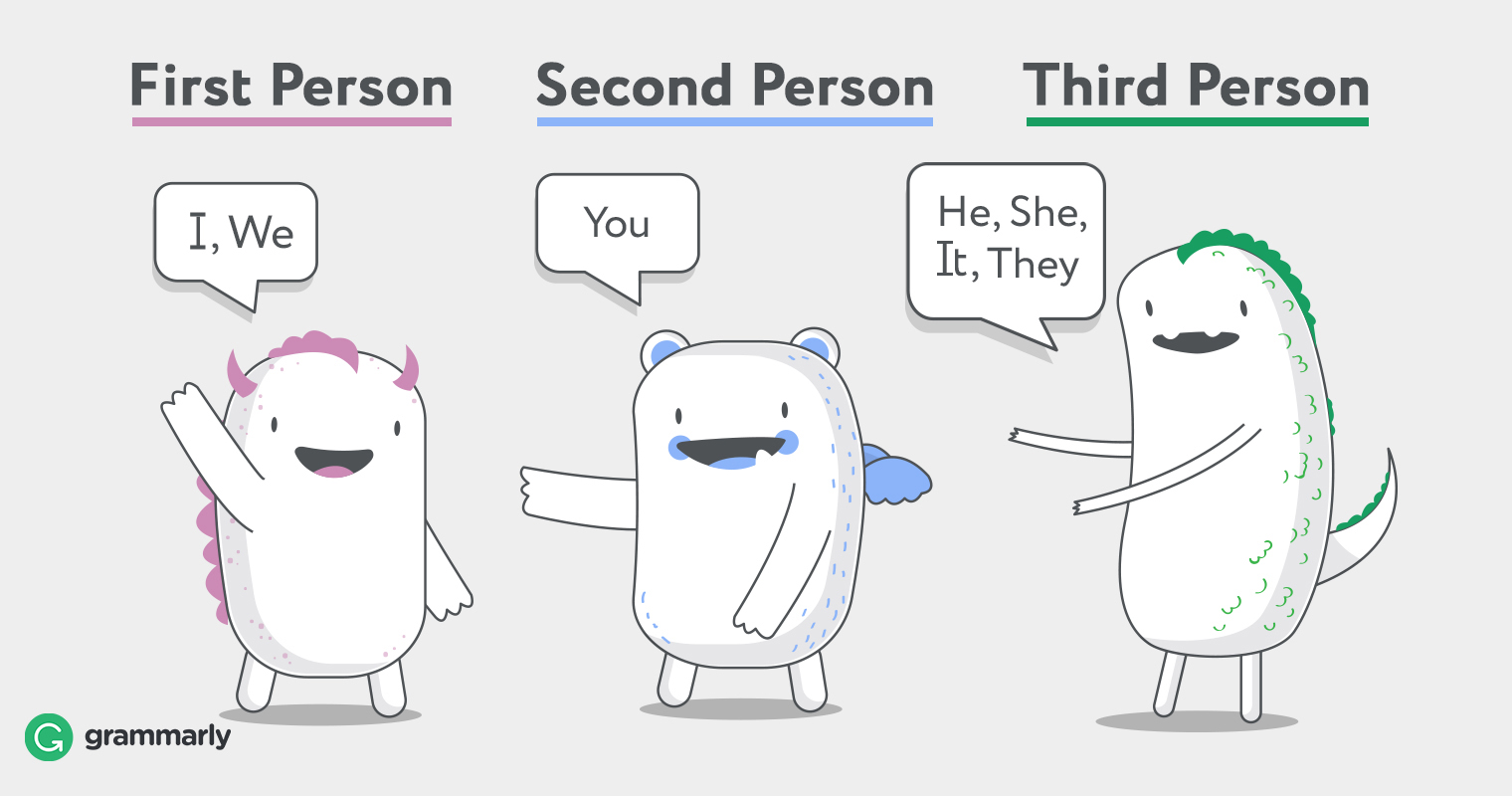Section outline
-
-
Texts that inform.
Look at the different features of texts that inform. Make a note of some of the features and how they help the reader.
-
Look at the images above. They are lettered A,B,C, D. Make a note of whether you think they show formal or informal situations. Complete this short quiz.
-
See this webpage for a general description of formal and informal language.
-
Short quiz on formal and informal vocabulary.
-
Fact and opinion - see this link for information on fact and opinion. There are two sets of questions at the end. Try these for yourself to check your understanding. The answer sheets are provided there too, so you can mark yourself if you wish.
-
Fact and Opinion quiz. Complete the quiz and take a screenshot of your results for your own records.
-
See this resource for extra information on whether a statement is factual or an opinion
-
See if you can guess what the layouts on the PowerPoint are, and what their main purpose is. Use the chat function on Teams, or other group messaging to discuss your answers and your reasoning. Make a note of which layout features are used, and think about why they are used.
-
Look at the text. Think about the main purpose, audience and language / layout features.
-
PowerPoint for discussion
-
Look at the 'Water Aid' leaflet and answer these questions.
-
See the example (with some extra questions) for an idea of what is needed when writing up your assignment. The text is one that we have looked at and discussed in class. The answers are my own, and other points / observations may be just as valid.

